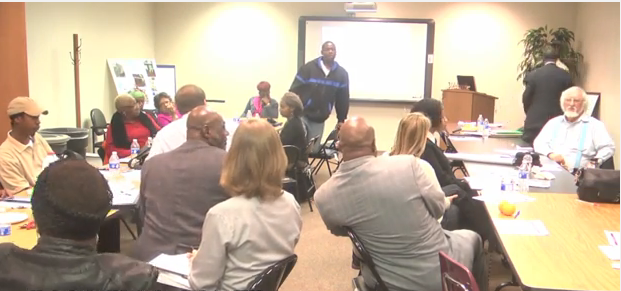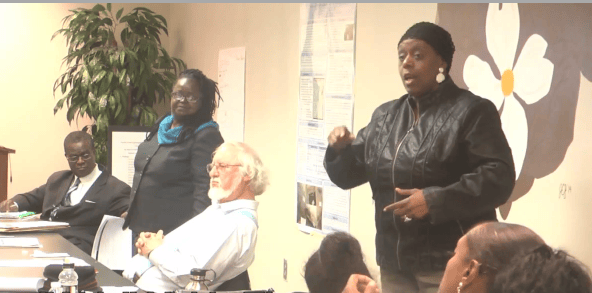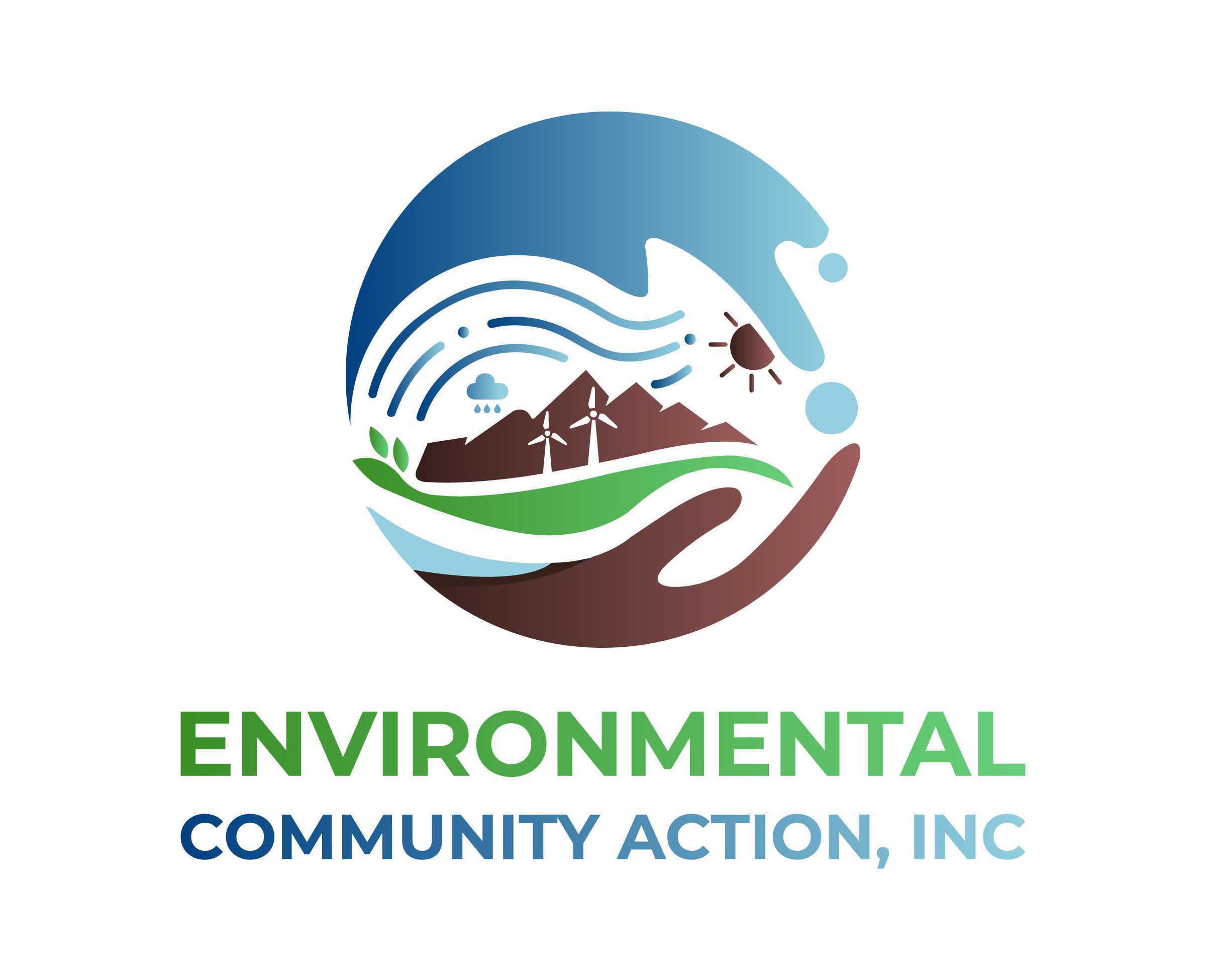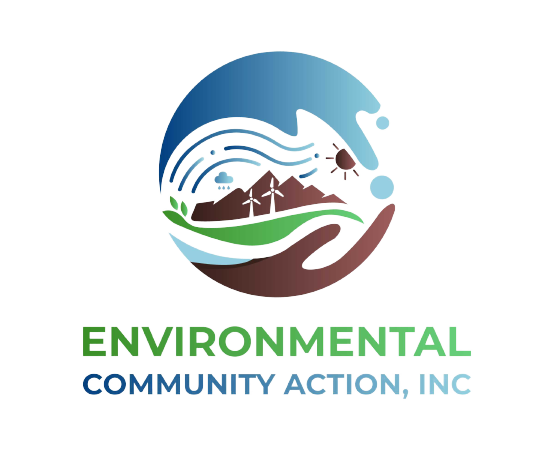
• lifestyle change and best practices in community education,
• home repairs and pest control,
• services and support for people with asthma,
• support and process for smart relocation,
• reducing flooding,
• public policy for healthy homes.
For each of these challenges, community members reflected together to identify:
What were the existing resources that were already available?
What potential resource might be made available?
What are the gaps or threats that might hinder our ability to access those resources?
What are the next steps we should taking in moving forward?


• Obtaining public commitment by the City of Atlanta to support integrated stormwater management planning;
• Enhancing public education;
• Improving the knowledge of residents so that they are better able to report problems and take action for flood prevention;
• Providing training about best practices to address mold problems;
• Providing disaster preparedness training and awareness;
• Developing community businesses to collect scrap tires and turn them into permeable pavement.
You can watch the highlights of the session in the video below. A table that summarizes all of the next steps can be downloaded here.


